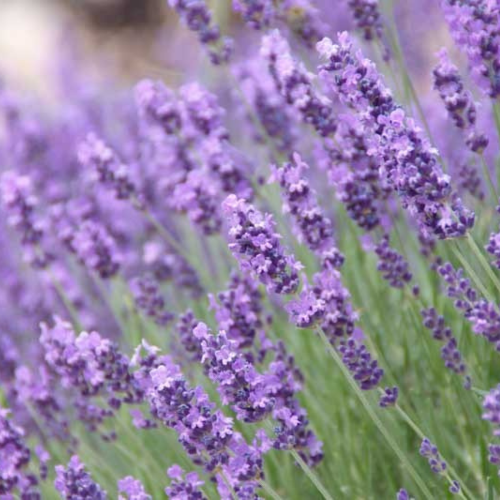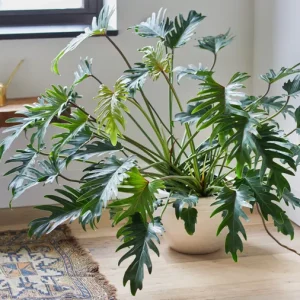Description
English lavender (Lavandula angustifolia), despite its name, is native to Spain but thrives in diverse climates. In South Africa, it is a popular and widely cultivated plant, particularly in regions with a Mediterranean climate like the Western Cape, which offers the preferred hot, dry summers and cool, wet winters.
This hardy perennial prefers full sun exposure (at least 6-8 hours daily) and exceptionally well-drained soil. It dislikes humidity and “wet feet,” so heavy clay soils need significant amendment with compost and river sand for proper drainage. While generally water-wise once established, consistent watering during long dry spells is beneficial. Regular pruning after flowering is crucial to maintain its shape, prevent woodiness, and encourage further blooms.
English lavender is highly valued in South Africa for its fragrant flowers and versatile uses. It is commonly planted in gardens for ornamental purposes, as hedges, along pathways, or in containers. Its flowers and essential oil are used in aromatherapy for their calming and soothing properties, often employed to help with anxiety, stress, insomnia, and headaches. Medicinally, it has been traditionally used for digestive issues, skin ailments (like minor cuts, burns, and insect bites), and its antiseptic and anti-inflammatory qualities. Culinary applications include using the flower buds sparingly in salads, desserts, and even with poultry.
English lavender is not listed as an invasive species in South Africa, unlike some other plant species that aggressively outcompete indigenous flora. However, responsible gardening practices, such as proper spacing for air circulation, are still encouraged to prevent fungal diseases.








